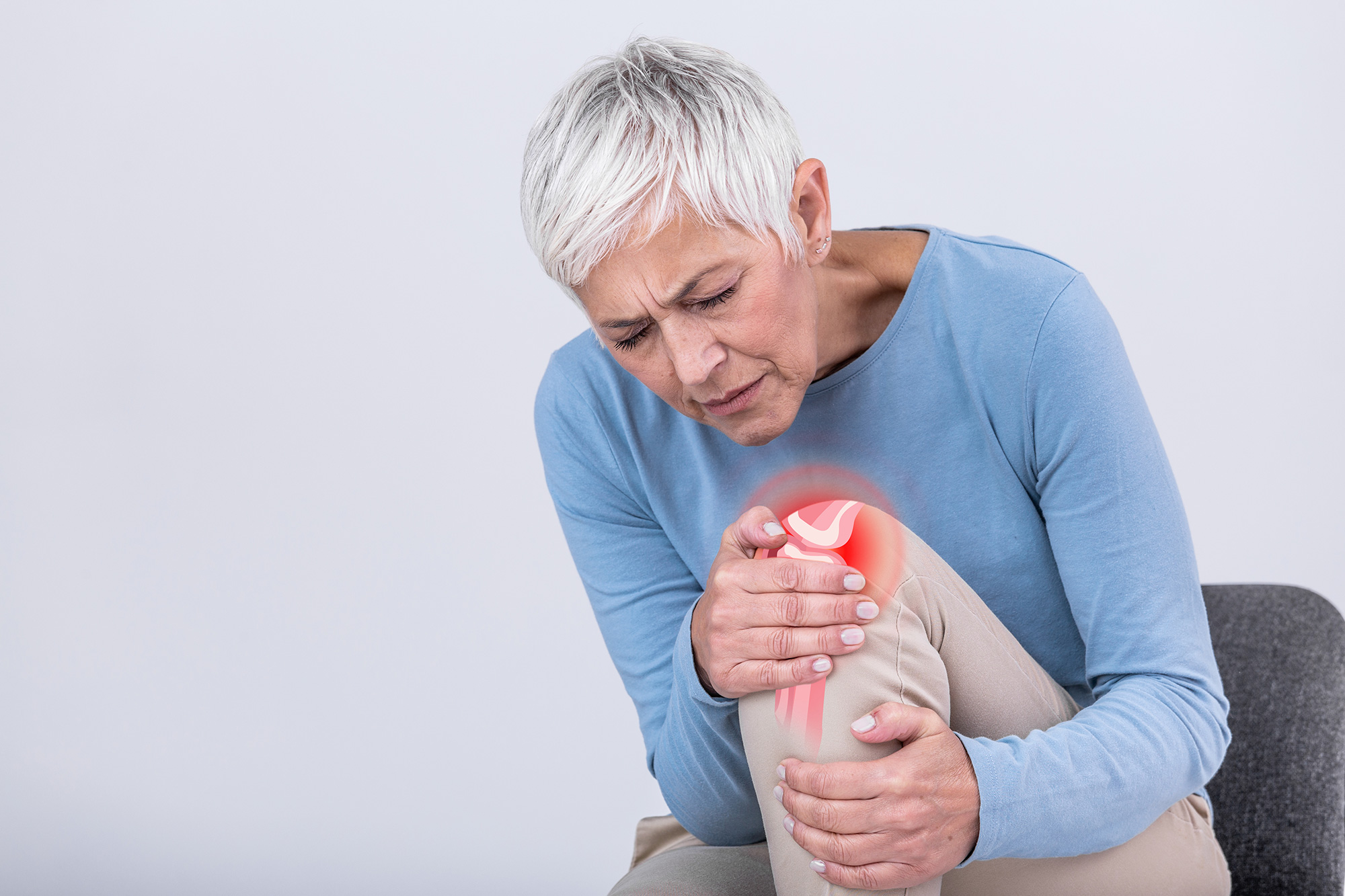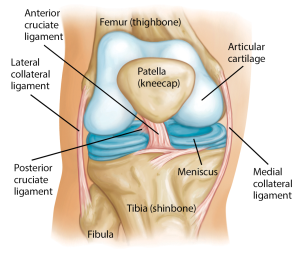
If you’ve ever asked yourself, “Why does my knee hurt?”—you’re not alone. Knee pain affects people of all ages and activity levels. It can stem from injury, wear and tear, or underlying health conditions. Understanding the most common causes of knee pain can help you take the first step toward treatment and prevention. In this article, we break down the key conditions that may be causing your discomfort.
The knee is one of the most complex joints in the body, comprising bones (femur, tibia, and patella), cartilage, ligaments, tendons, and fluid-filled sacs called bursae. These components work together to support motion and bear weight. Due to its structural complexity and high usage, the knee is vulnerable to a wide range of problems.
Knee pain can be acute or chronic and may develop suddenly or gradually over time. Below are some of the most common conditions responsible for knee discomfort.

Ligament injuries are among the most frequent causes of sudden knee pain, especially in athletes.
Symptoms: Sudden pain, instability, swelling, and a popping sensation at the time of injury.
The meniscus is a piece of cartilage that cushions your knee joint. Tears can happen due to twisting injuries or aging-related degeneration.
Symptoms: Pain, swelling, locking, and difficulty bending or straightening the knee.
Osteoarthritis is the most common form of arthritis and a leading cause of knee pain in older adults. It occurs when cartilage wears away over time, leading to bone-on-bone friction.
Symptoms: Stiffness, swelling, pain with movement, and reduced range of motion—often worse in the morning or after periods of inactivity.
Unlike osteoarthritis, rheumatoid arthritis is an autoimmune condition that causes the body to attack its own joint tissues.
Symptoms: Symmetrical pain and swelling in both knees, morning stiffness lasting more than an hour, and fatigue.
Also known as “jumper’s knee,” this condition involves inflammation of the tendon connecting the kneecap to the shinbone. It commonly affects runners and athletes who jump frequently.
Symptoms: Pain below the kneecap, especially during activity, swelling, and tenderness to the touch.
Knee bursitis is inflammation of the small sacs (bursae) that cushion the joint. It’s usually caused by repetitive motion or prolonged kneeling.
Symptoms: Swelling over the kneecap, warmth, tenderness, and pain when moving or putting pressure on the knee.
This condition often affects runners and cyclists. It occurs when the IT band becomes tight or inflamed, rubbing against the outer knee.
Symptoms: Sharp pain on the outside of the knee, often worsened by activity.
A dislocation happens when the patella (kneecap) slides out of its normal position. It usually results from trauma or a direct blow.
Symptoms: Intense pain, swelling, visible deformity, and inability to straighten the knee.
These conditions involve the accumulation of crystals in the joint space. Gout results from uric acid crystals, while pseudogout involves calcium deposits.
Symptoms: Sudden, intense knee pain with swelling, redness, and warmth. Episodes may occur overnight.
Repetitive activities, poor form, or weak muscles can lead to chronic knee pain even without a specific injury. This is common in people who run, cycle, or lift weights frequently.
Symptoms: Gradual onset of pain, stiffness, and discomfort during or after activity.
While some knee pain can be managed at home, you should seek medical attention if you experience any of the following:
A proper diagnosis is essential for effective treatment. Your healthcare provider may use a combination of the following:
Customized exercise programs can strengthen surrounding muscles, increase flexibility, and improve knee alignment.
Anti-inflammatory medications, corticosteroid injections, or disease-modifying drugs may be prescribed depending on the condition.
While not all causes of knee pain are avoidable, you can reduce your risk by:
If you’re wondering, “Why does my knee hurt?”—the answer could be one of several common conditions, from ligament tears to arthritis. Identifying the source of your pain is crucial for finding relief and preventing long-term damage. Whether your symptoms are mild or severe, don’t ignore knee pain. Early treatment can make a significant difference in your mobility and quality of life.
Disclaimer: This article is for informational purposes only and should not be considered a substitute for professional medical advice, diagnosis, or treatment.